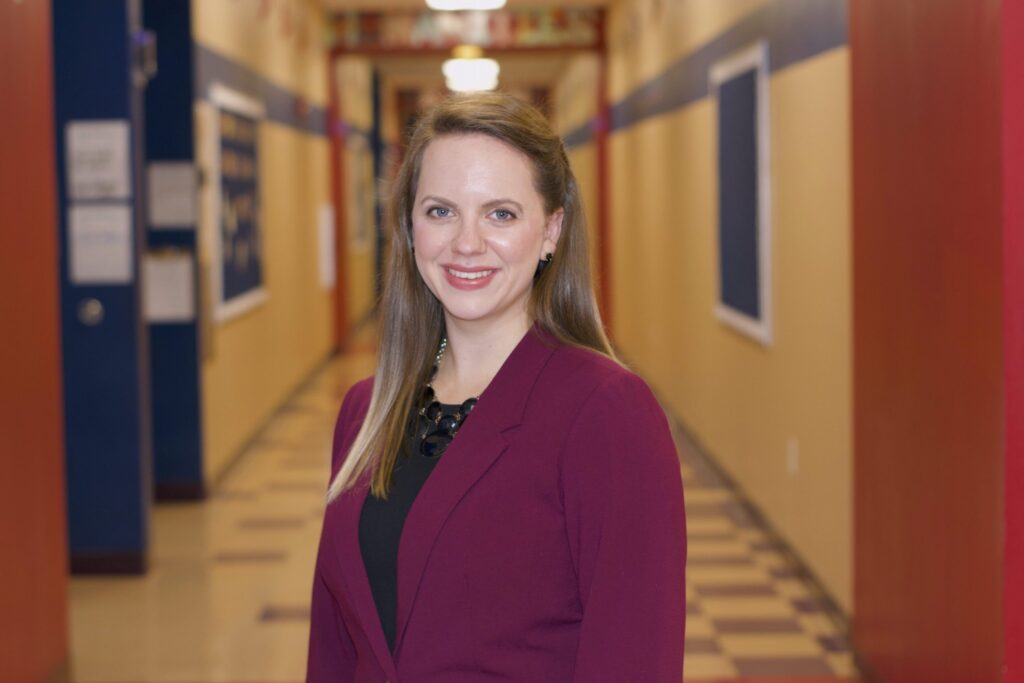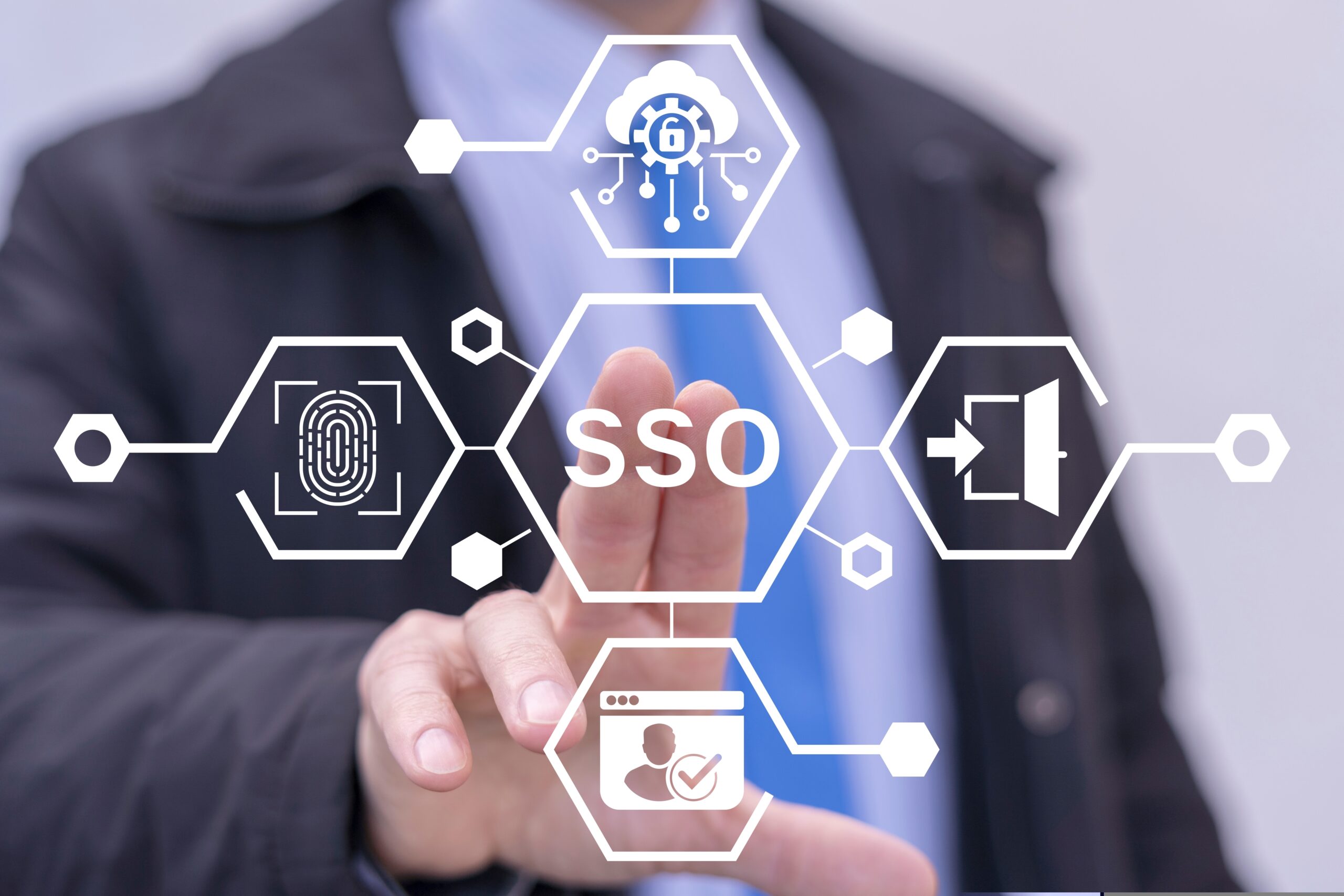Have you started thinking of how to centralize your EHS management and quickly become overwhelmed? Is the idea of combing through spreadsheets with historic data giving you nightmares? Does navigating office politics concern you when considering how to best stand up a new EHS management process?
If the above questions or versions of these questions are what has kept your company from choosing to evolve your EHS management process towards a modern-day solution, you are not alone. In fact, these are just a selection of questions we encounter when implementing a new EHS software solution for clients. An EHS software solution provides your organization with a way to seamlessly manage the day-to-day operations necessary for a well-run EHS department.
Starting an initiative to move towards a software solution can be daunting to say the least. This is why we highly encourage our clients to approach a new implementation by first zooming out and assessing a few key elements to lay a solid foundation for a successful move to an EHS management software solution.
Simplifying your Data
The very first step of moving your EHS management to a software solution is providing the foundational data to build your organization presence on a cloud-based software solution. This includes establishing your user list and space inventory. Using a current HR system to export the necessary users is always the simplest path, but if that is not available to you, you can start with a core user list that, over time, can be built on. In terms of the space inventory, this also can be managed through a current software inventory process that your organization works with. But if that is not available, it’s always best to provide spaces for the initial focus of your implementation. For example, if you are kicking off lab inspections, then it’s the best plan to provide the space inventory for all your organization’s laboratories.
Picking your Project Team
A key step in establishing your implementation is determining the members of the project team. While it can be tempting to include a large group of stakeholders so that no one voice is missed, it can also create an environment where focus is lost. It is best, at least early on, to establish a project team of 3-6 members. With this project team size, you will have representation from key departments as well as the numbers required to complete initial large tasks. Over time, this project team can change as new parts of the implementation kick off and other parts complete.
Considering your End Users
Without a high adoption rate of your new EHS software, your initiative will fall before it truly takes flight. When considering what matters to your end users, weigh the most difficult current pain points and how to address them. Also, consider how you start to implement fast solutions where your end users will have immediate wins to build trust with this new solution. While end users can determine the success of this new solution, it’s crucial to understand that this is a tool for an EHS leader, not the entire toolbox. To that end, a successful implementation relies on constant internal communication with end users and updated business practices to streamline success across different departments in your organization.
Establishing a Non-negotiable Go Live Date
Finally, and likely the most important step, is to establish a non-negotiable go live date. This provides all members of the project team and end users an understanding of when the new solution will be available. Due to this clear deadline, there will be a driving force in focusing all stakeholders on the goal to learn and adopt this new solution.
After thorough review and consideration of these key elements, your implementation will start off on a solid foot to a successful evolution of EHS management for your company.
AUTHOR BIO:-

Madelaine joins the team with a decade of experience in the K-12 public education space. Madelaine started her career as a 7th-grade teacher in El Dorado, Arkansas as a Teach for America corps member. Madelaine moved into school operations post-teaching where she created new roles to better serve students and families.
Throughout her time in operations, she oversaw compliance in school safety, food service management, grant administration, student enrollment, and general operational standards. Madelaine brings this experience to her role as a Project Manager for SafetyStratus where she facilitates the implementation process for customers from a variety of industries. Madelaine is a proud “Double Gator,” having received both her Bachelor’s Degree in History and Master’s Degree in Business from the University of Florida. She lives in Jacksonville, Florida, and in her spare time, she enjoys reading, traveling, and working out with her husband at CrossFit.



